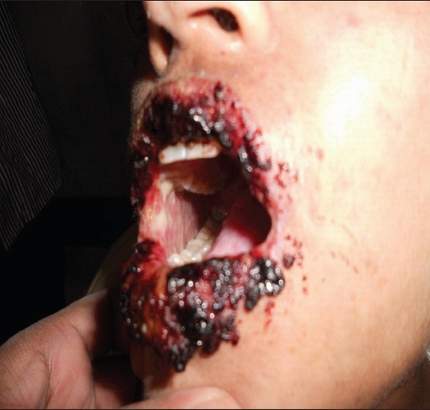What's in this article?
Castleman Disease Overview
Castleman disease is a rare disorder that involves an overgrowth (proliferation) of cells in your body’s disease-fighting network (lymphatic system). Also known as giant lymph node hyperplasia and angiofollicular lymph node hyperplasia, Castleman disease can occur in a localized (unicentric) or widespread (multicentric) form.
Treatment and outlook vary, depending on the type of Castleman disease you have. The localized type can usually be successfully treated with surgery.
Sometimes associated with HIV infection, multicentric Castleman disease can be life-threatening. Multicentric Castleman disease is also associated with other cell-proliferation disorders, including cancer of the lymphatic system (lymphoma), Kaposi’s sarcoma and POEMS syndrome.
It is possible that the main title of the report Castleman’s Disease is not the name you expected. Please check the synonyms listing to find the alternate name(s) and disorder subdivision(s) covered by this report.
Synonyms
- angiofollicular lymph node hyperplasia
- angiomatous lymphoid
- giant benign lymphoma
- giant lymph node hyperplasia
- hamartoma of the lymphatics
- Castleman tumor
How is Castleman disease diagnosed?
People with Castleman disease may see their doctor because of symptoms they are having, or because they just don’t feel well and go in for a checkup. Sometimes Castleman disease is found in people without symptoms when it’s seen on an imaging test being done for another reason.
Castleman disease is rare, and its symptoms are often like those caused by other diseases (including infections, autoimmune diseases, and lymphomas), so doctors often suspect it is something else at first. The actual diagnosis of Castleman disease is made when doctors remove an affected lymph node and look at it under a microscope. This procedure, known as a biopsy.
Symptoms of Castleman disease
There are two basic types of Castleman disease:
- Unicentric Castleman disease. This localized form of the disease affects only a single gland (lymph node) in your lymphatic system.
- Multicentric Castleman disease. This type affects multiple lymph nodes and lymphatic tissues, and can severely weaken your immune system.
Multicentric Castleman disease can be further classified as:
- Multicentric Castleman disease without POEMS syndrome
- Multicentric Castleman disease with POEMS syndrome that involves areas of abnormal bone (osteosclerotic lesions)
- Multicentric Castleman disease with POEMS syndrome without osteosclerotic lesions
Unicentric Castleman disease
Many people with unicentric Castleman disease don’t notice any signs or symptoms. The diseased lymph node is usually located in the chest, neck or abdomen. When signs and symptoms are present, they may include:
- A feeling of fullness or pressure in the chest or abdomen that can cause difficulty breathing or eating
- An enlarged lump under the skin in the neck, groin or armpit
- Unintended weight loss
- Less commonly, fever, night sweats and weakness
Multicentric Castleman disease
Most people with multicentric Castleman disease experience:
- Fever
- Night sweats
- Fatigue and weakness
- Loss of appetite
- Unintended weight loss
- Enlarged lymph nodes, usually around the neck, collarbone, underarm and groin areas
- Enlarged liver or spleen
Other, less common symptoms include:
- Nerve damage in the hands and feet that leads to numbness (peripheral neuropathy)
- Skin rash





